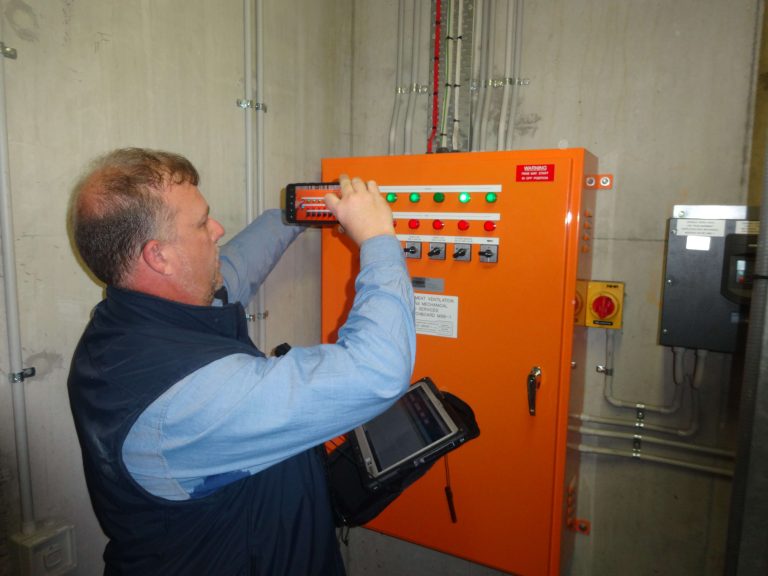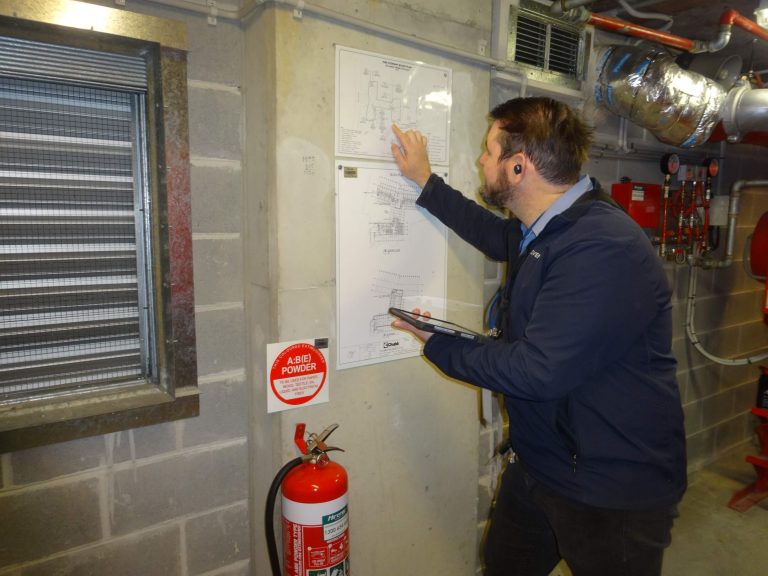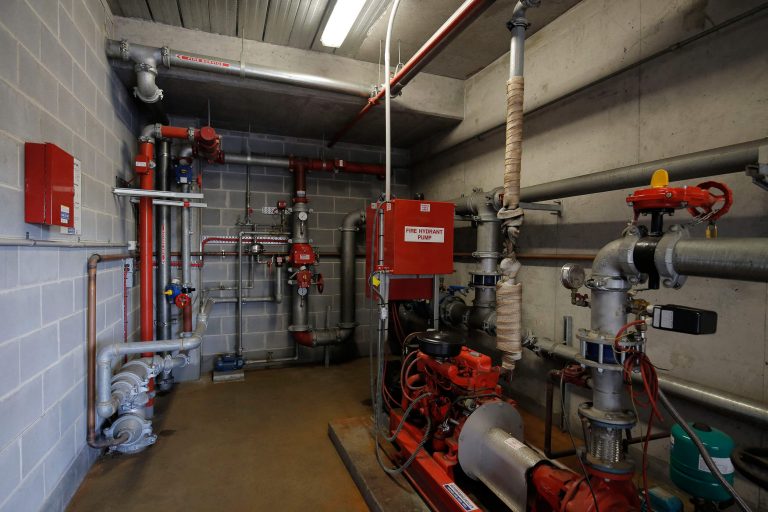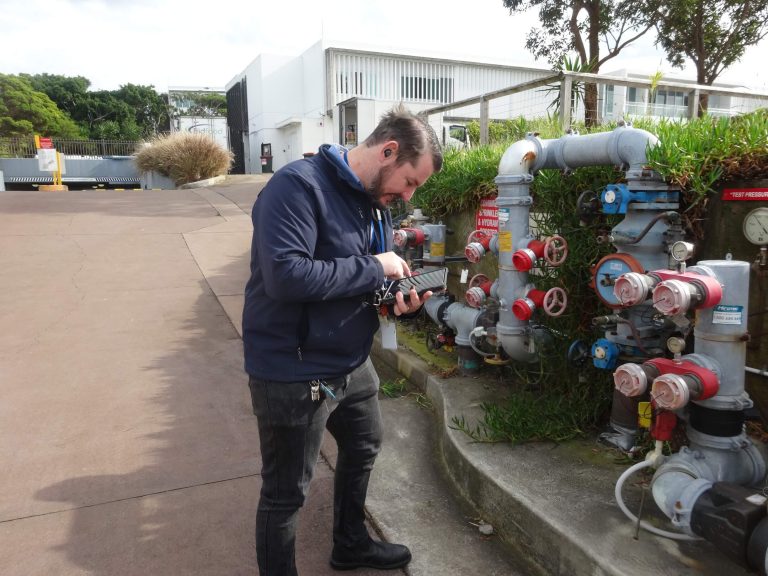1) Understanding Your Assets
A building services audit provides base line data to identify the current state of all building assets and services. It is also an essential starting point in both the short and long-term budgeting for maintenance and capital expenditure. Building owners are then equipped with the ability to project viable economic solutions.






